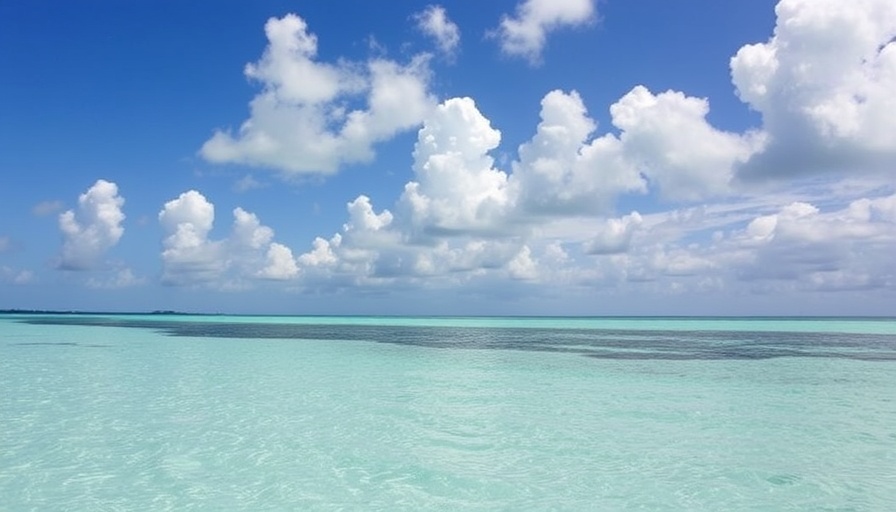
The Gulf of Mexico: A Name With Historical Significance
The Gulf of Mexico, a vast body of water that borders the southern United States, Mexico, and parts of the Caribbean, has been a significant geographical feature since the mid-sixteenth century when Spanish cartographers first named it. Today, the name carries historical weight, stemming from a time of European conquest and exploration. However, recent discussions considering its renaming to the 'Gulf of North America' warrant reflection on geopolitical dynamics and the shifting identities of nations.
Reframing Our Perspective on Geography
The suggestion to rebrand the Gulf as the Gulf of North America isn’t just an act of nomenclature; it’s a statement about regional identity. President Trump's previous attempts to change the name to the Gulf of America might be perceived as a push toward American supremacy in the region, which could overshadow the importance of our neighboring countries, Mexico and Canada, especially with the upcoming FIFA World Cup in 2026 where all three nations will participate. This potential renaming could serve as a reminder of North America's intertwined fates.
Why Language Matters in Geopolitical Discourse
Language plays a pivotal role in shaping perceptions. Historically, the Gulf of Mexico has been associated with Spanish and Latin American heritage, comprising part of a broader narrative about colonialism and its impacts. As the demographics of the United States evolve, with a future where nearly one in three residents will trace their ancestry back to Latin America, the importance of embracing this dual identity cannot be overstated. By adopting a more inclusive name, it could reinforce our commitment to unity among nations and cultures in North America.
A Future Tied to Latin Identity
With a fast-approaching future where Latino communities are poised to play an increasingly vital role in the American socio-political landscape, the need to acknowledge their contributions takes center stage. Currently, approximately 60% of Latinos in the U.S. identify as Mexican descent. Understanding this demographic shift is crucial as it cultivates a nuanced relationship between America and its southern neighbor. Rather than clinging to imperialistic nomenclature, embracing a name that reflects our shared geography encourages mutual respect.
The Power of Names: Implications for Policy and Culture
Renaming the Gulf of Mexico to the Gulf of North America could stimulate important cultural exchanges and political dialogues among these nations. As English continues to be the official medium of communication in the U.S., Spanish remains a vital language that links millions of people across borders, especially in metropolitan areas like Miami. Acknowledging this through symbolic acts like renaming could foster a sense of belonging and acceptance for many communities that have faced historical marginalization.
Conclusion: A Call for Reflective Change
As discussions surrounding the relabeling of the Gulf gain traction, it’s essential for us to consider the implications behind geographical identities. By recognizing the Gulf of North America, we embrace a future that honors the interconnectedness of the territories that form our nations. This isn’t simply a matter of semantics; it’s about fostering respect, understanding, and collaboration in an ever-evolving landscape.
 Add Row
Add Row  Add
Add 




Write A Comment